Greatest Gothic, #45: St John's Cathedral ('s-Hertogenbosch)
The Pinnacle of Brabantine in the Netherlands
(7 min read) St John’s Cathedral in 's-Hertogenbosch is 45th in my countdown of the Fifty Greatest Works of Gothic, and the Netherlands’ finest contribution to the Gothic tradition.
(For more about this series, see the introduction and the countdown.)
Common Name: St John's Cathedral
Official Name: Kathedrale Basiliek van Sint Jan Evangelist (Cathedral Basilica of St John the Evangelist)
Location: 's-Hertogenbosch, the Netherlands
Primary Dates of Gothic Construction: c1340-c1530
Why It’s Great
St. John's Cathedral is the pinnacle of Brabantine Gothic in the Netherlands, blending French Gothic influences with the regional flair of the Duchy of Brabant. Its five-aisled basilica plan, elaborate sculptural details, and soaring architecture make it one of the most visually striking churches in the Low Countries. As the only Dutch Gothic church to make this list, it stands as the country’s finest contribution to the Gothic tradition.
Why It Matters: History and Context
The Netherlands has a great tradition of Gothic architecture, but few buildings that could be counted among the top fifty of all time. The exception is ’s-Hertogenbosch’s Cathedral of St John, a five-aisled basilica built primarily in Brabantine Gothic, an elaborate late Gothic style that evolved in the Duchy of Brabant (where ’s-Hertogenbosch is located) and which combines French influence with local materials and traditions. The cathedral the finest Gothic structures in the Netherlands, boasting a wealth of sculptural detail and architectural refinement.
Unfortunately, there is one feature common in many Dutch Gothic churches that is not on display here, but worth a digression.
Sidebar: A Unique Dutch Gothic Trait
While stone ribbed vaulting is a hallmark of Gothic architecture (see my first post on the evolution of Gothic), many Gothic churches in fact have wooden ceilings. In the Netherlands a distinct tradition developed of building a pointed barrel vault made of wood, something not regularly seen elsewhere.
Since the only specimen of Dutch Gothic I plan to feature in this series does not include this typical wooden barrel vault, I want to briefly showcase a few examples from other Dutch churches before moving on. Figures 3 and 4 show four ceilings from elsewhere in the Netherlands with this feature.
The Evolution of St John’s
A church was first built on this site starting in the early 13th century, and was Romanesque. The Gothic church we now see was started around 1340, gradually enveloping and replacing the original. Today, only the structure of the crossing tower remains from the Romanesque phase, and even it has been overlaid with Gothic decorative elements (figures 13 & 18).
The first phases of construction focused on the far eastern end, and so the chancel and ambulatory (figures 19-21 & 24-25) date from the 14th and early 15th centuries. By 1450 the transepts were completed as well, and the two decorated portals of the church — both of which are entries into the transept — date from this period (figures 8, 9 & 12).
The rest of the church, including the nave and west end, was largely complete by 1530.
Conflict, Decline, and Restoration
The post-construction history here is dramatic, as ’s-Hertogenbosch (and Brabant in general) sat on the frontline of religious and political struggles during the Protestant Revolt and the Eighty Years’ War (see Wednesday’s post for that broader context).
The church was elevated to cathedral status in 1559, part of the Catholic Counter-Reformation’s efforts to reinforce its presence in the Netherlands. However, after the Siege of ’s-Hertogenbosch in 1629, Protestant forces took control of the city and banned Catholic worship. Although the Peace of Westphalia (1648) technically allowed Catholicism to be practiced again, the cathedral was no longer the seat of a diocese, leaving the city’s Catholics in a weakened position.
That didn’t change until 1810, when the city was part of the short-lived Batavian Republic and Napoleon decreed a new bishopric, though one not recognized by Rome. Not until 1816, three years after the city became part of the Netherlands, was a Roman Catholic bishopric re-established here.
During these turbulent centuries, as you might imagine, the church suffered neglect and fell into a state of disrepair. Major restorations occurred from 1859 to 1946, with two shorter restorations from 1961-88 and 1998-2010, bringing back to life this spectacular work of Brabantine Gothic.
Now that we’ve covered its rich history, let’s take a virtual photographic tour of St. John’s, starting with the exterior.
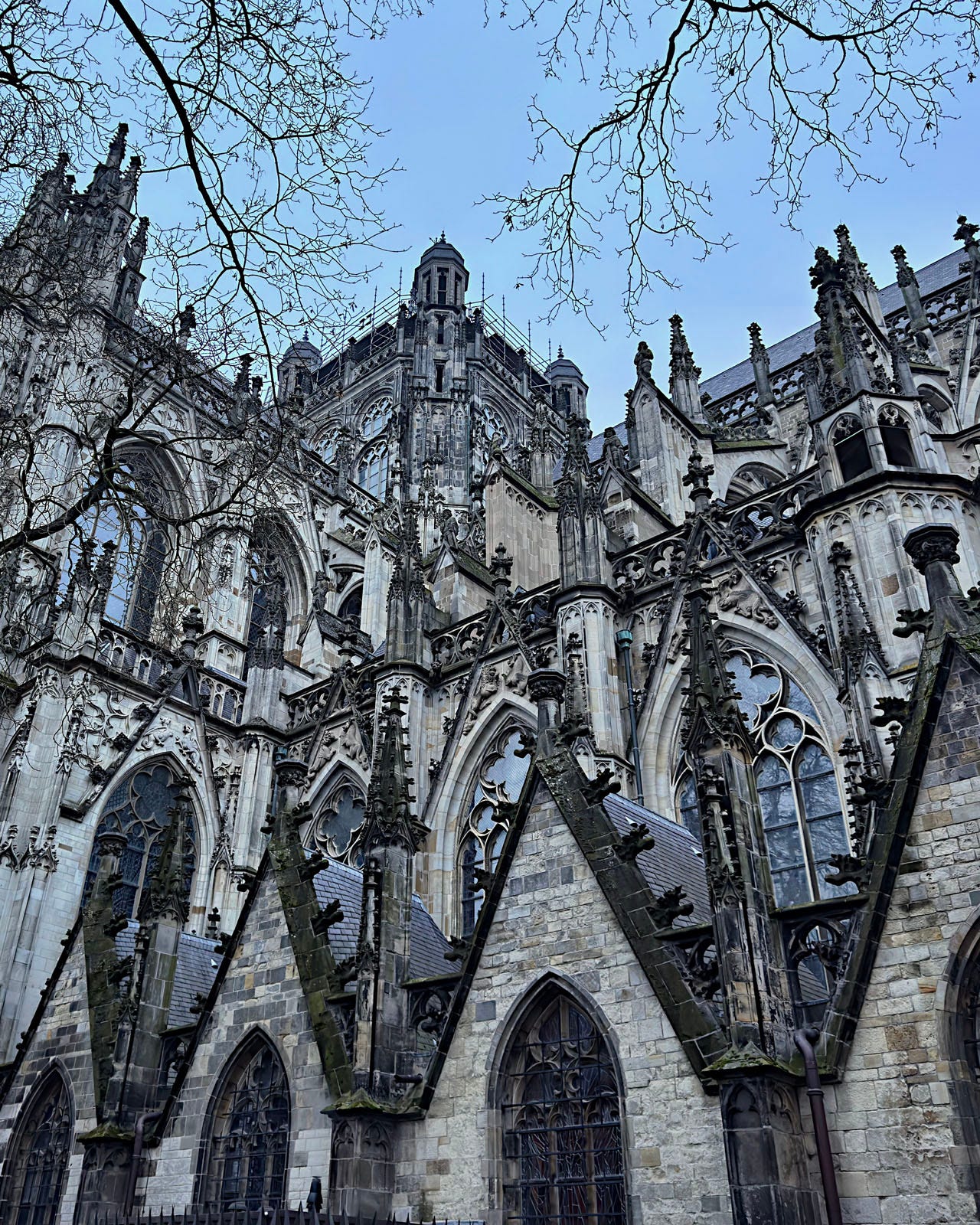
Photo Tour
The west side of the church (figure 7) is the least interesting. The single tower facade is typical of Brabantine Gothic, though its brick construction is not.
The south transept portal is unusual in featuring a very tall two-bay porch (figure 8), and features some interesting carving like detail shown in figure 9. But it’s the north side of the cathedral (figure 10), which you can view from afar across a small park, that holds the most interest, especially with the detailing in the transept, which includes the most ornate portal into the building (figures 11-12).
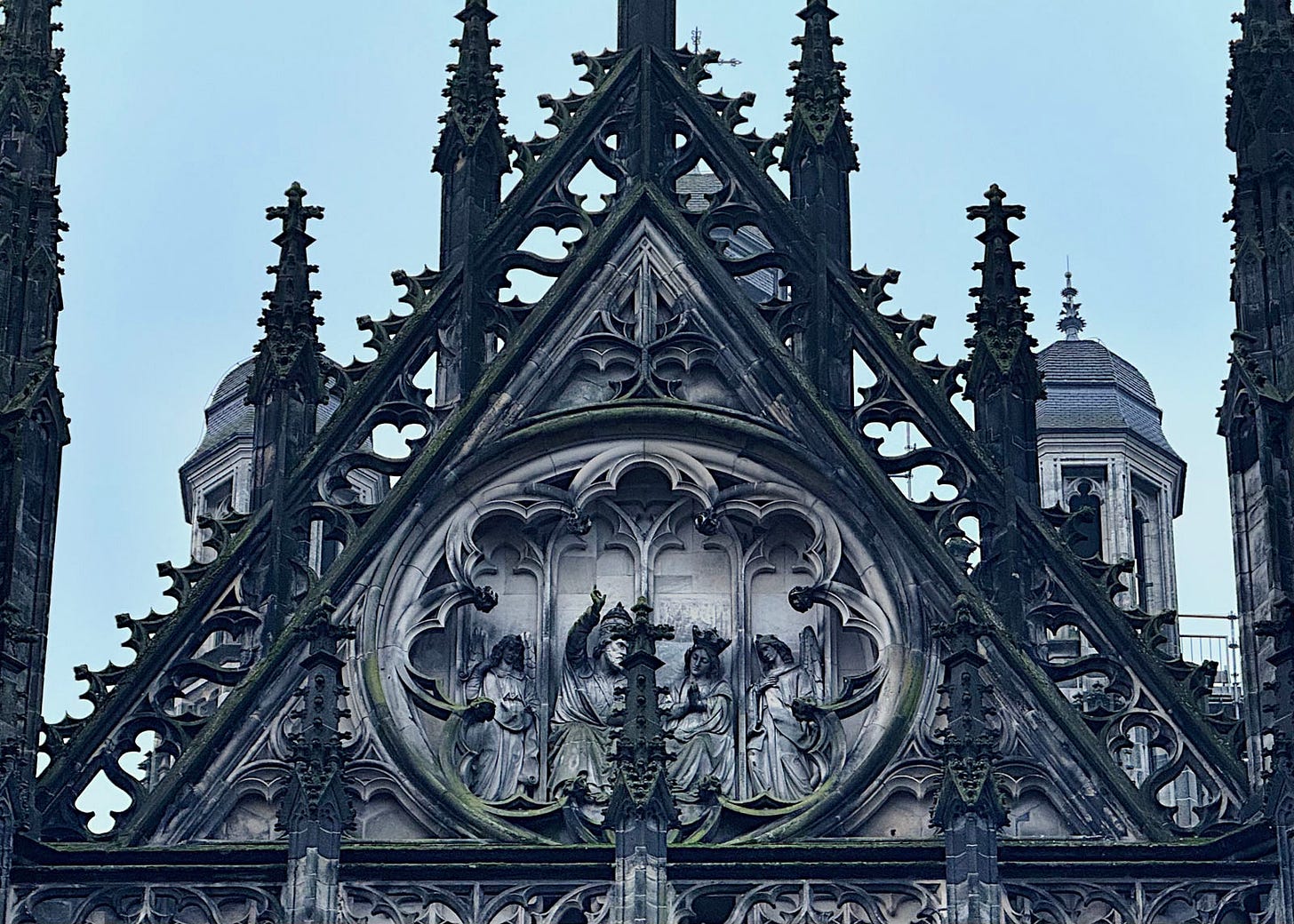
While the north portal is the most interesting entry point, we will start our photographic tour of the interior as if we’d entered from the west, into the expansive nave with double side aisles on each side (figures 13-17).
Figures 18-22 are all photos taken from in and around the crossing. As you might guess from the trees in figure 19, my visit here was in mid-December.
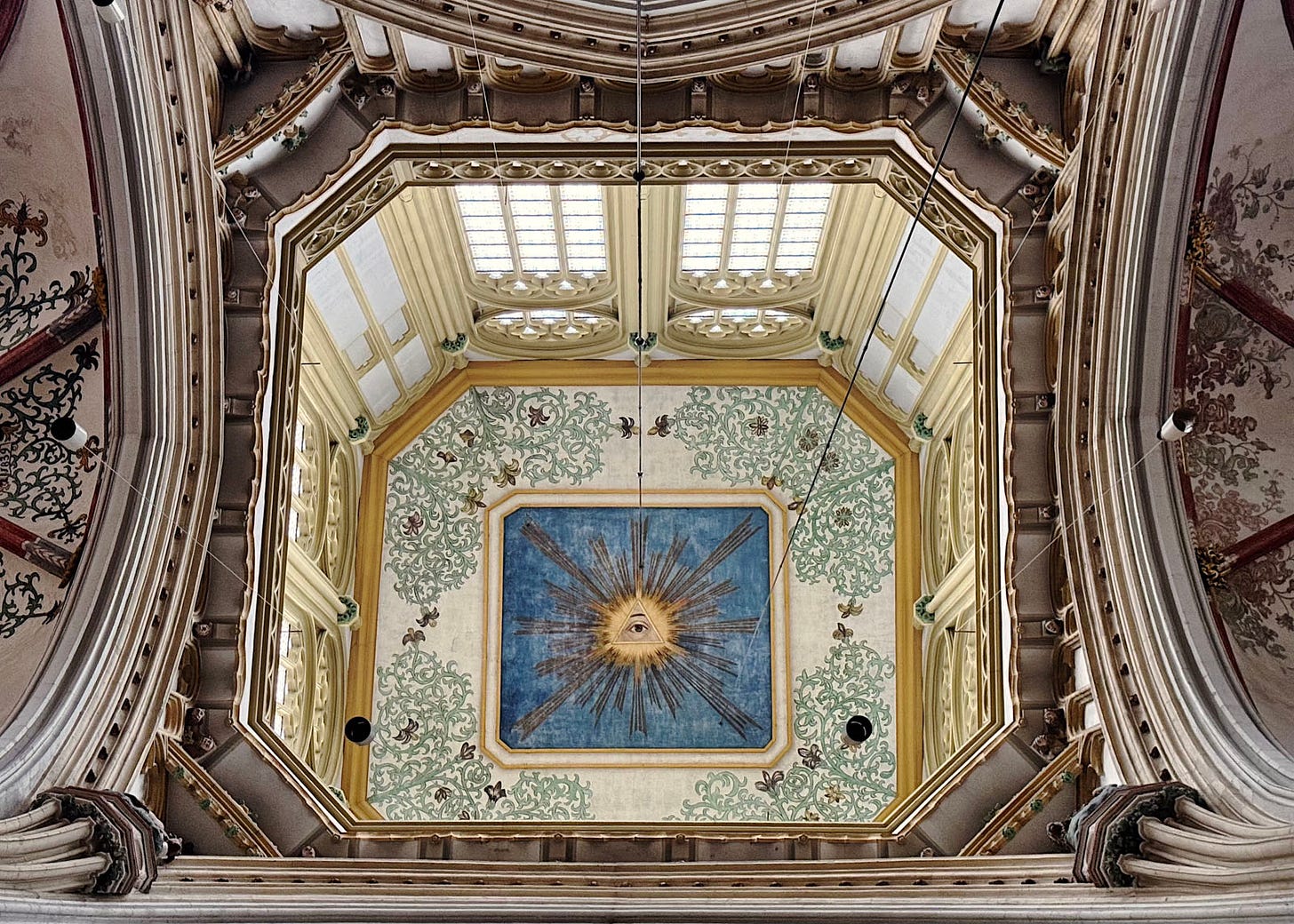
From the west side of the north transept, you can access the last major addition to the cathedral, the Chapel of the Holy Sacrament (figure 23). This was built by the confraternity of the Illustrious Brotherhood of Our Blessed Lady, a local organization founded in 1318. This addition was added from 1485-94, and the interiors — with the highest concentration of decoration here — date from 1517.
While there’s an undeniable charm in visiting churches during Advent, from a documentation perspective it can often be annoying — decorations often interfere with photos, and sometimes parts of the church are closed for special events. I encountered an especially bad situation here, in that the entire ambulatory (figures 24-25) was filled with mediocre (at best) nativity scenes and drapery ceilings. I didn’t get to see any of the architecture and had to deal with far more people in the church than I would have in more ordinary times.
But such is the hard life I live, photographing architecture for your appreciation (lol). I share some additional visiting advice — in addition to “don’t visit in December — below the next few photos.
Visiting Advice & Conclusion
My Visit Dates: 11 & 12 December 2024
While not as well known as some other Dutch towns, 's-Hertogenbosch is a charming destination that warrants at least a day trip. St. John’s Cathedral is free to enter and, as a working church, opens earlier than many other sites — making it an excellent option for an early morning visit.
In addition to the cathedral and old town, the city offers two particularly worthwhile museums. The Jheronimus Bosch Art Center is housed in a striking early 20th-century Neo-Byzantine church and contains full-size reproductions of all Bosch’s paintings. While they are not originals (and I have seen most of the real ones), viewing them together in chronological order offers a unique perspective on his work. In addition, the Noordbrabants Museum has a collection spanning from the Renaissance to contemporary art. While it might not justify a special trip on its own, it’s a solid addition for any art lover already in town.
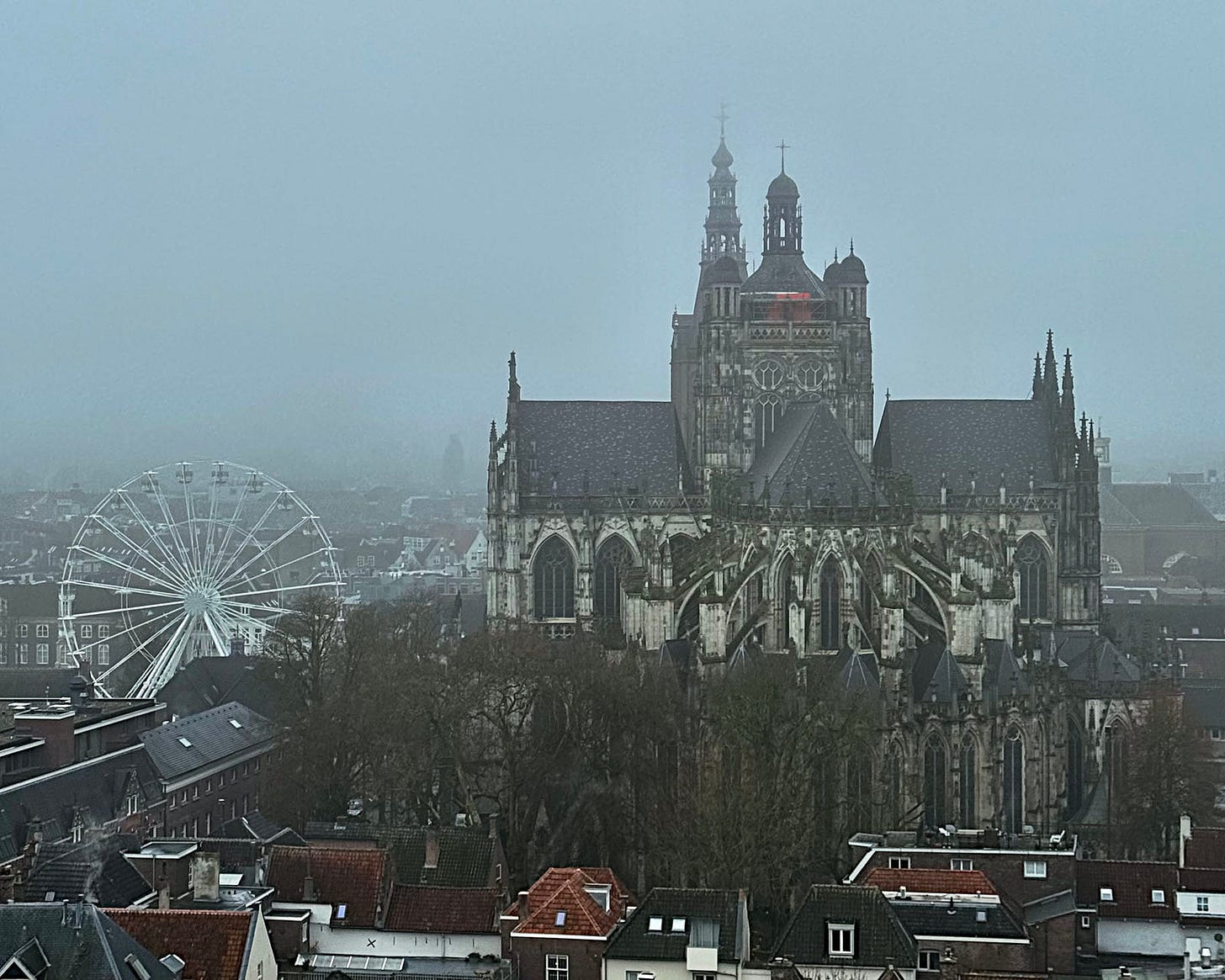
Overall, 's-Hertogenbosch is an underrated town, and St. John’s Cathedral is its undisputed centerpiece—a masterpiece of Brabantine Gothic that deserves recognition among Europe’s finest Gothic structures.


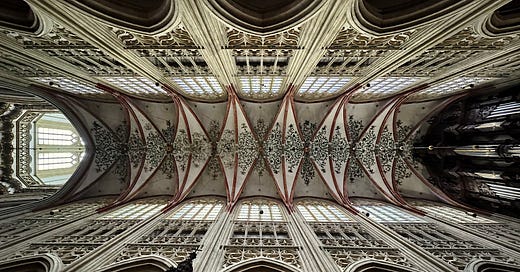



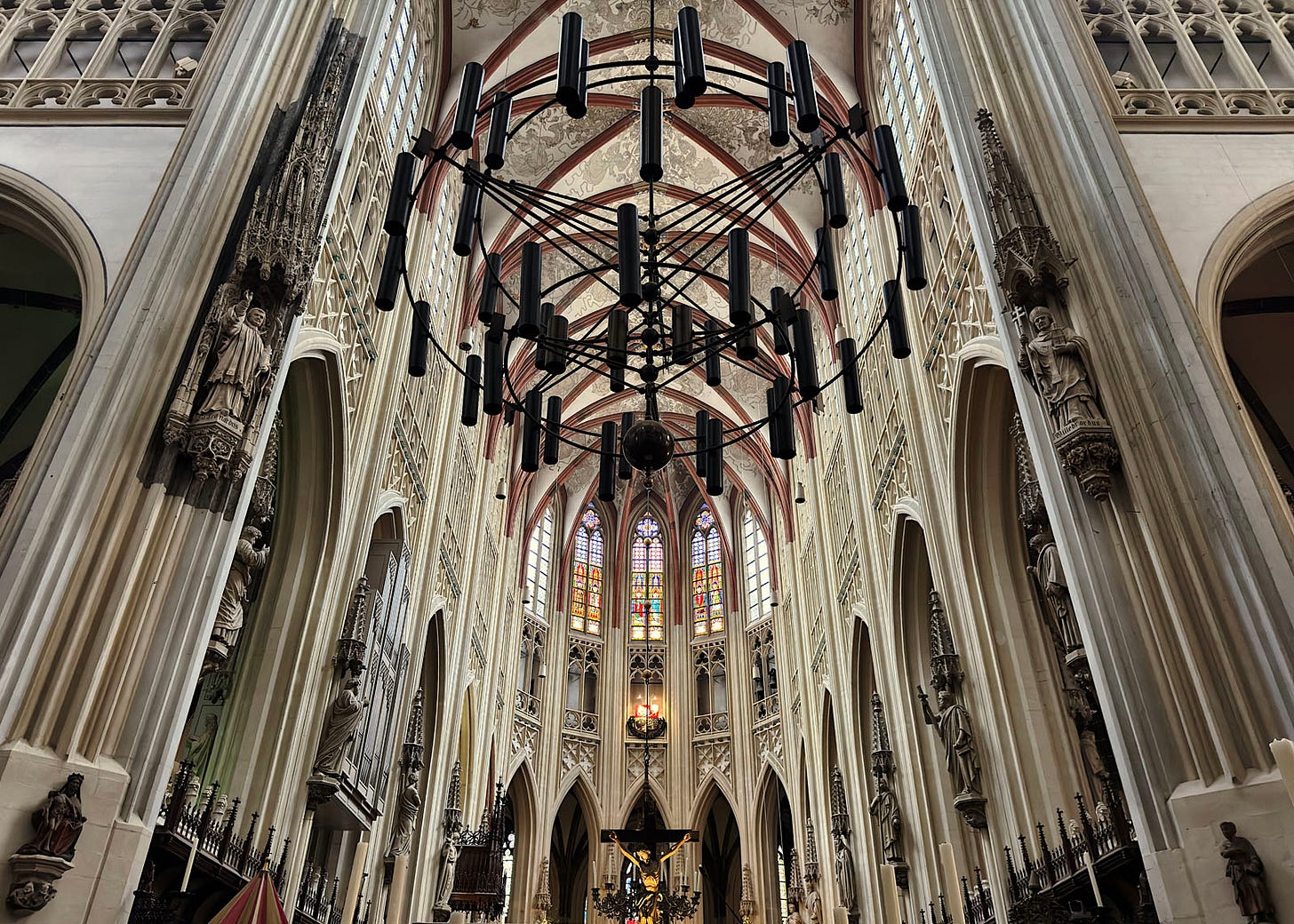
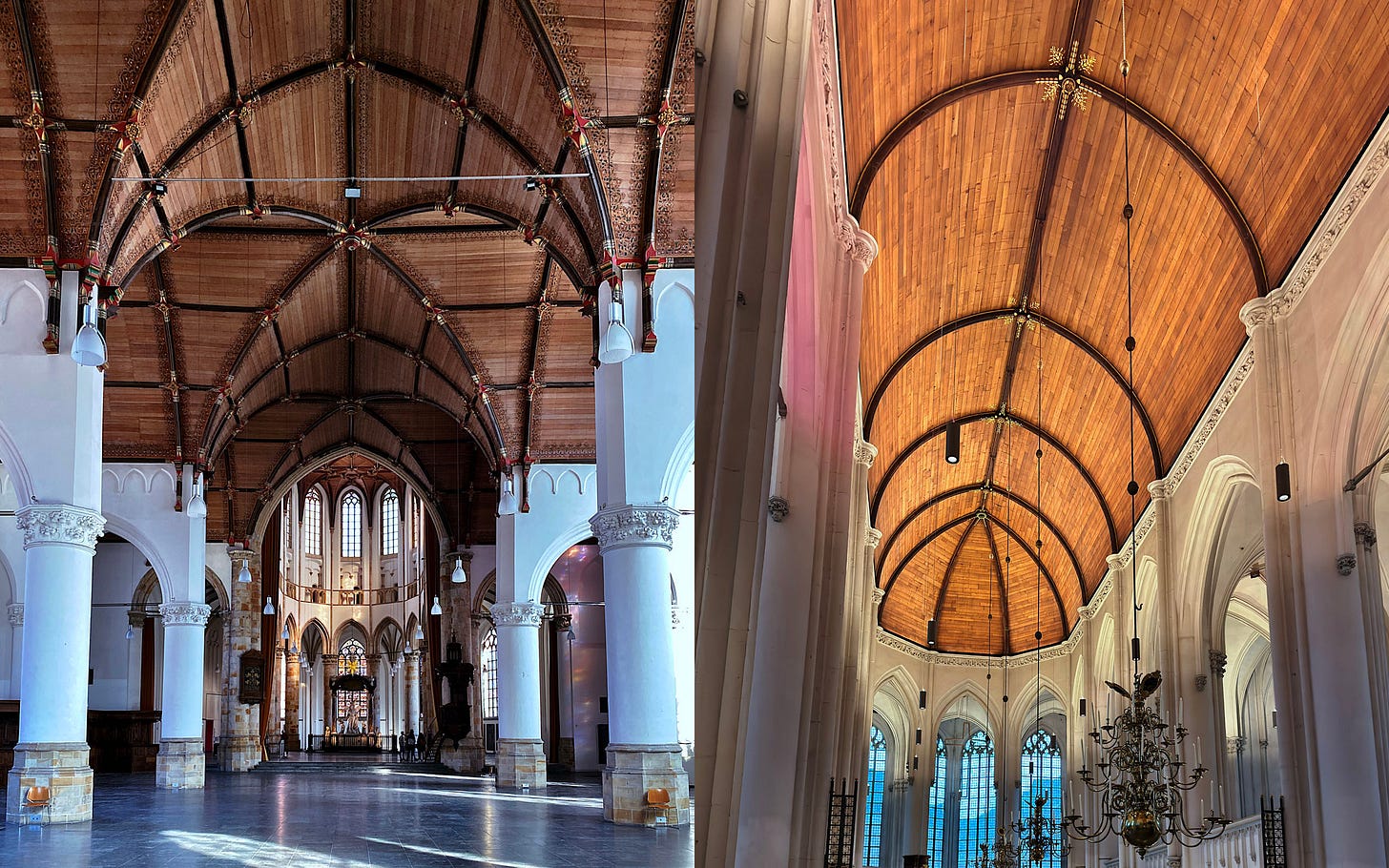
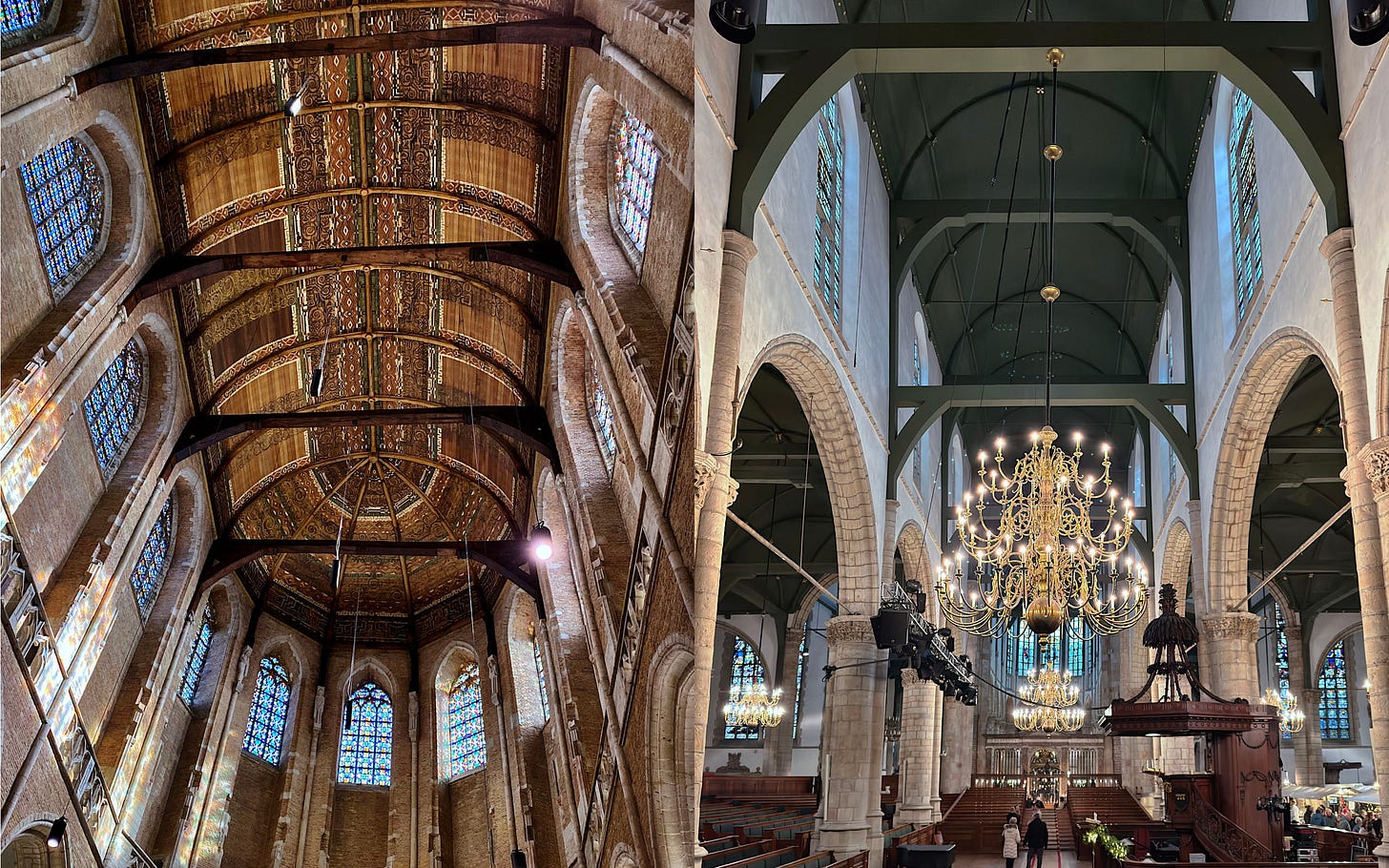
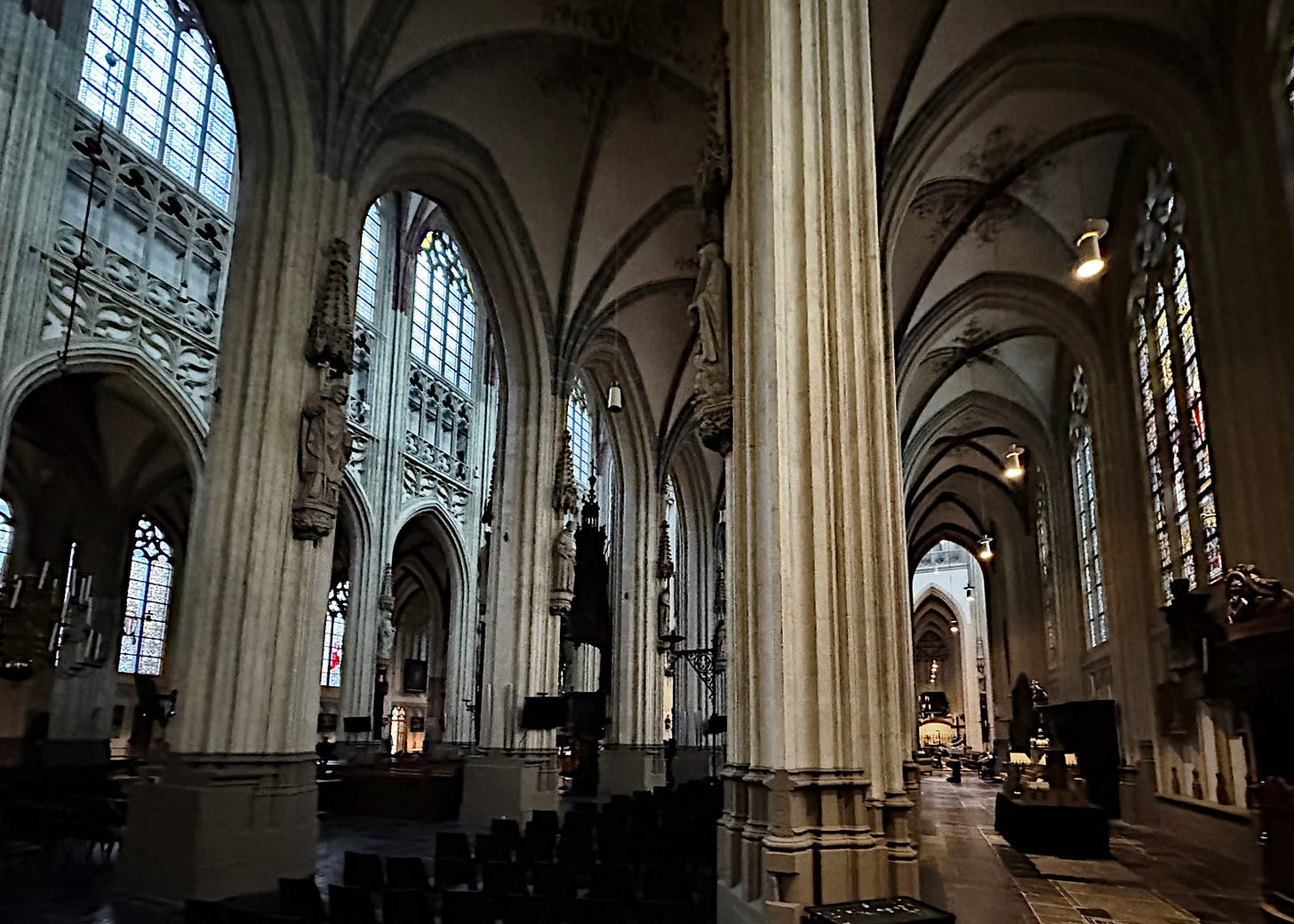
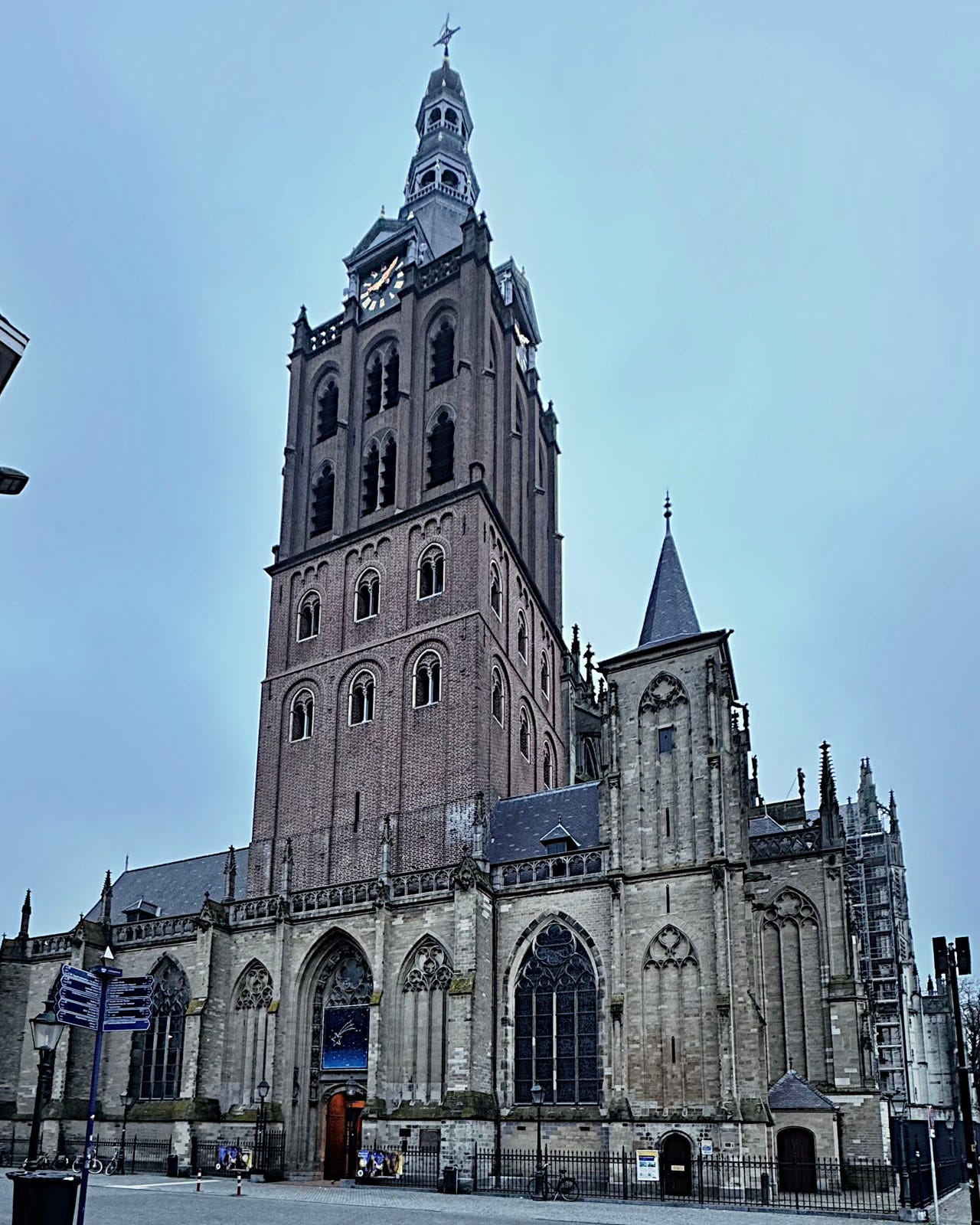
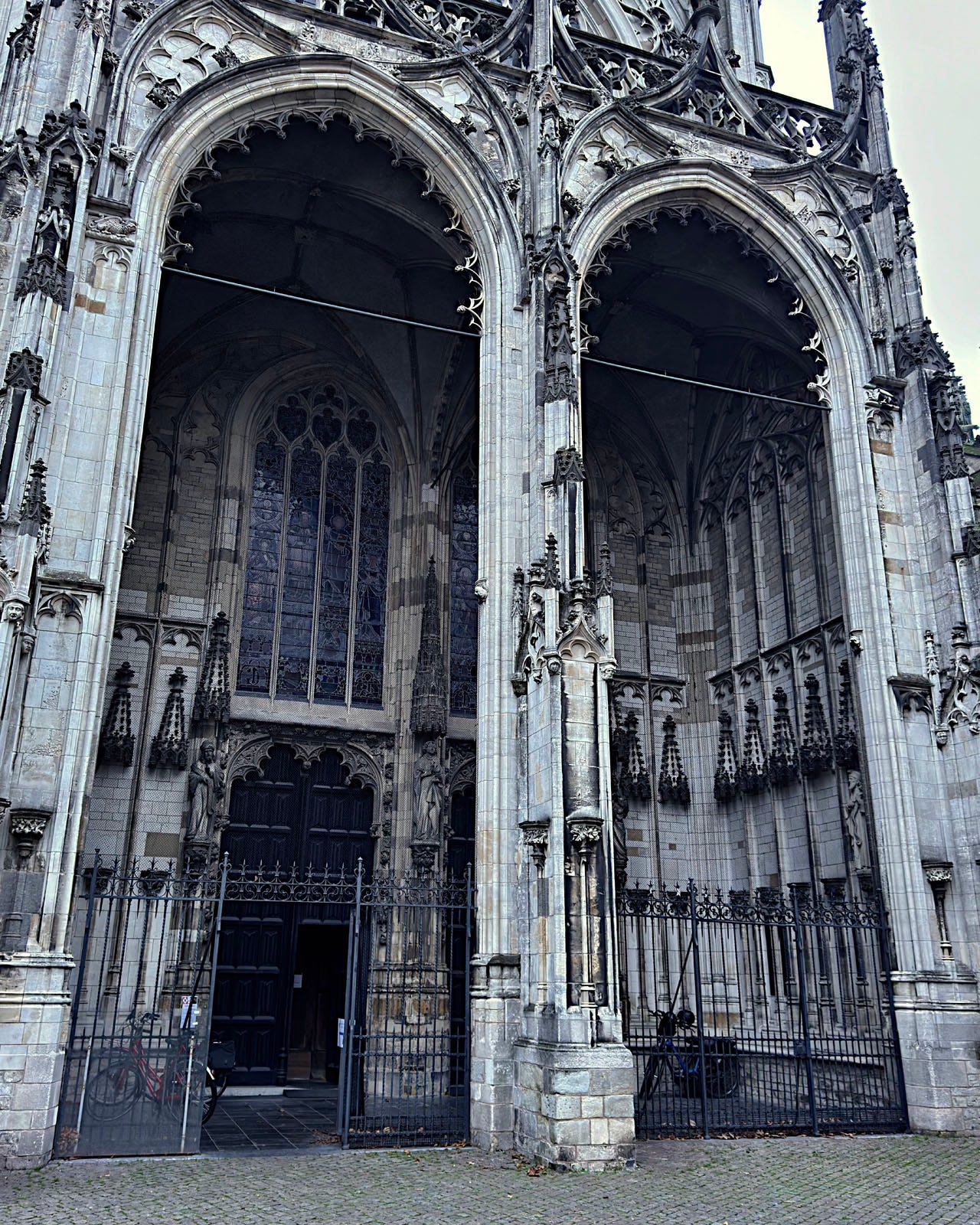
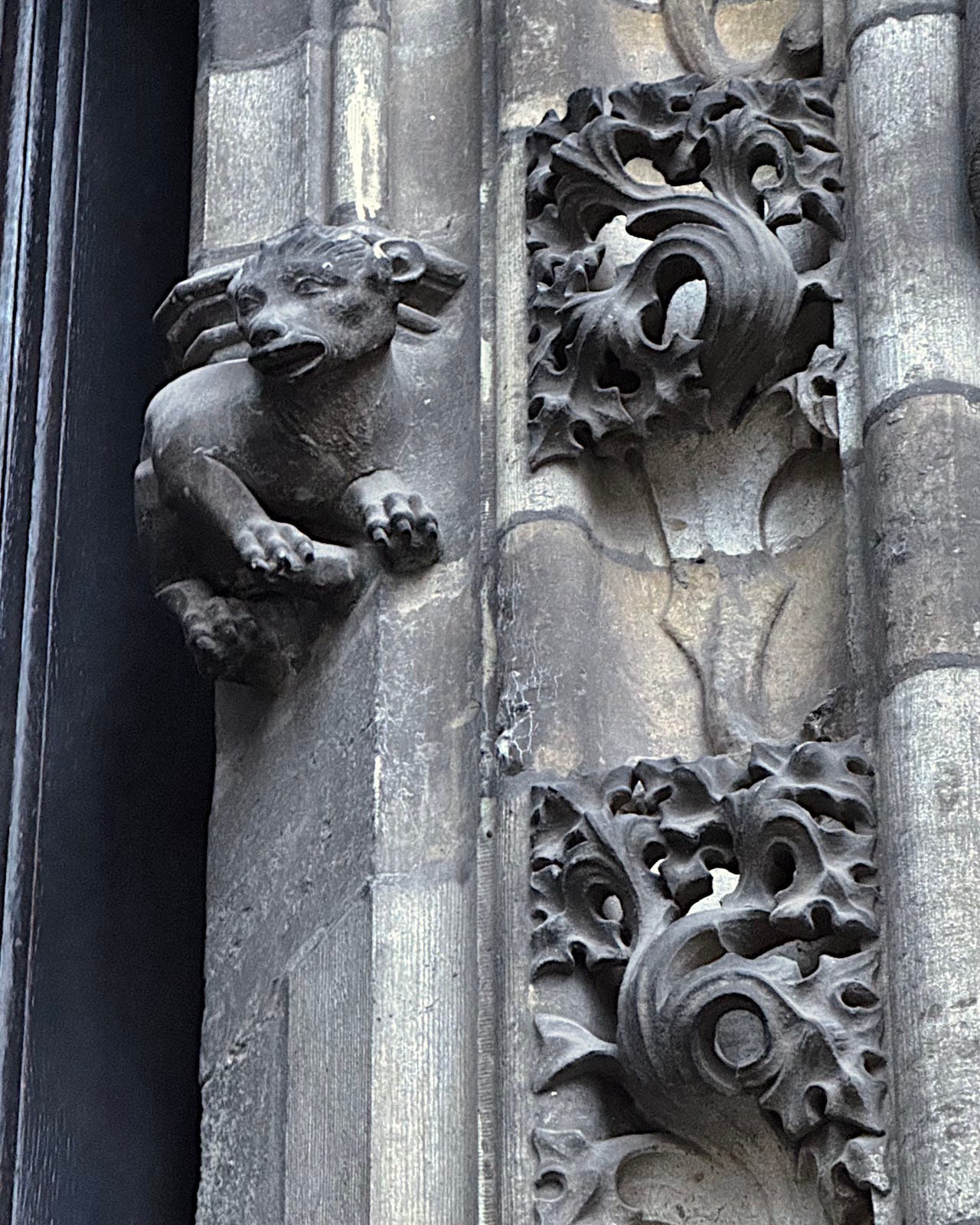
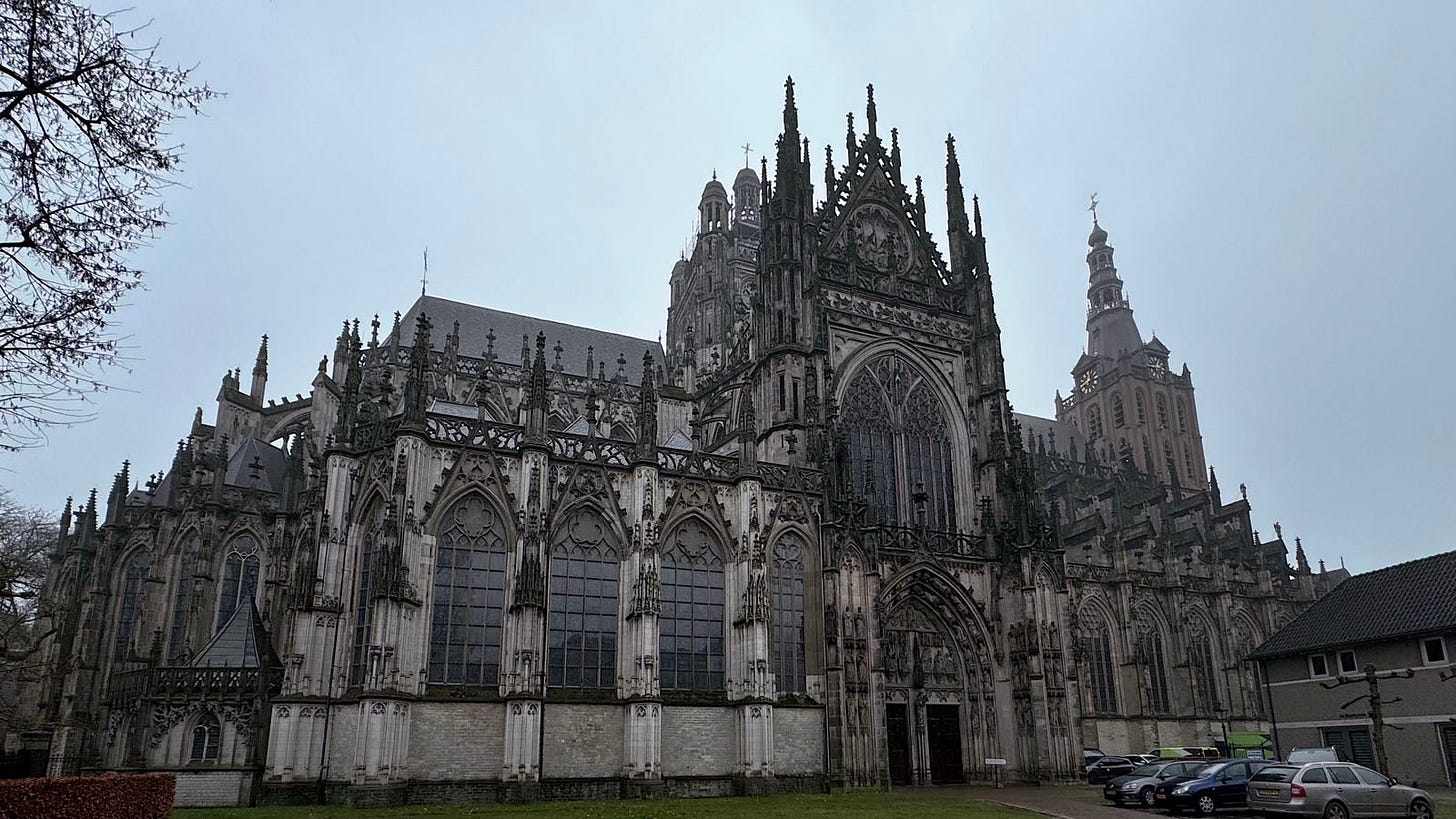
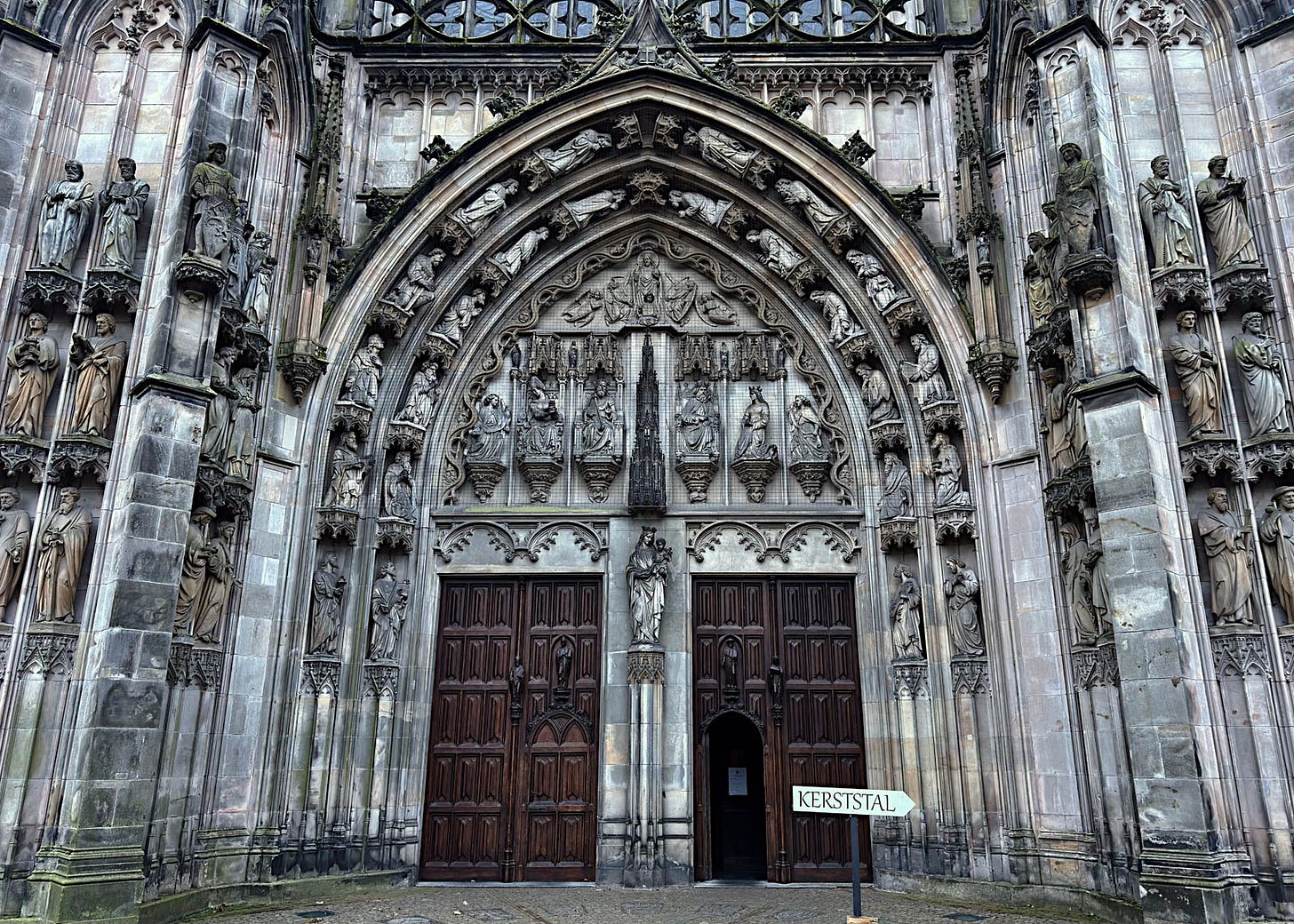
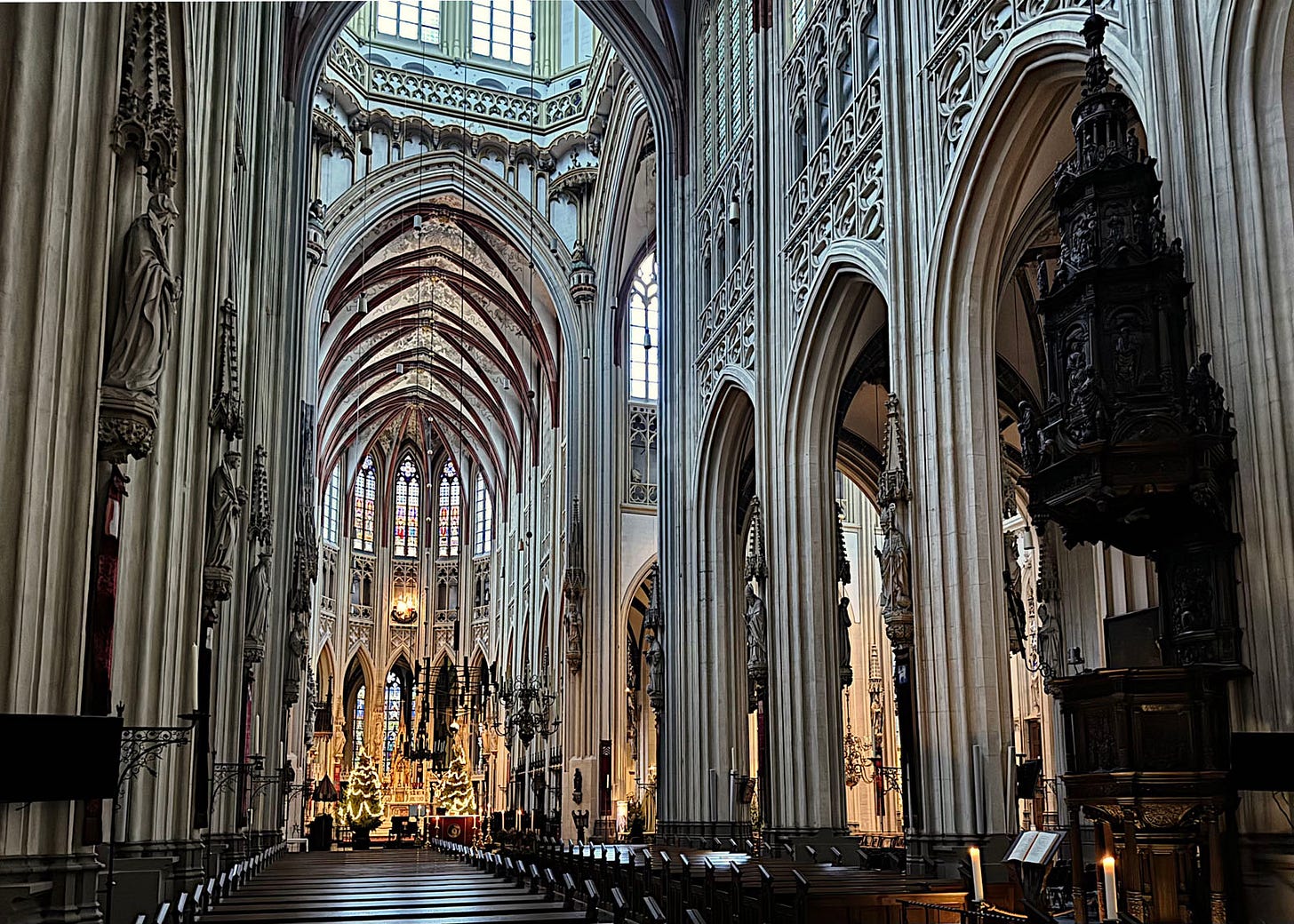
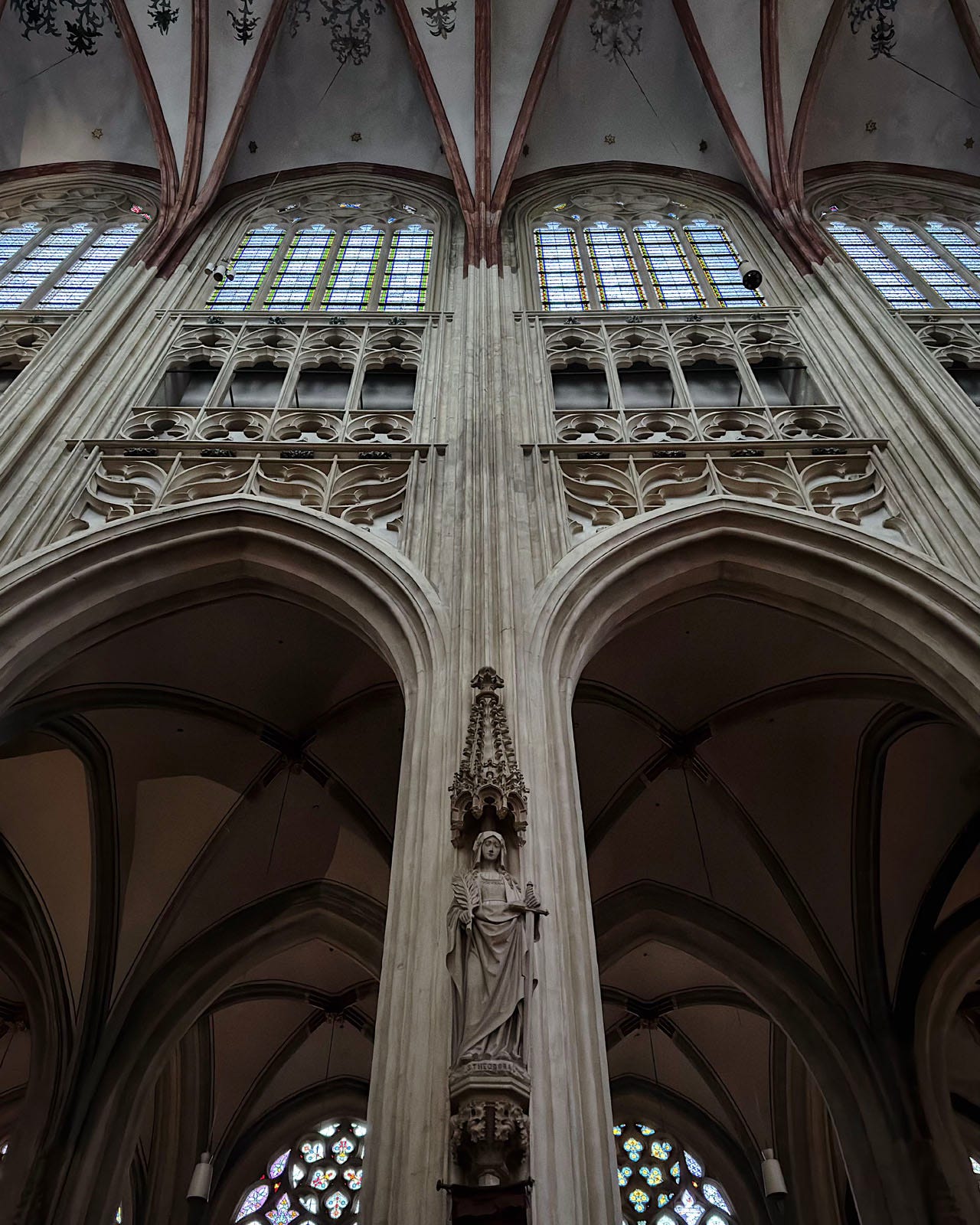
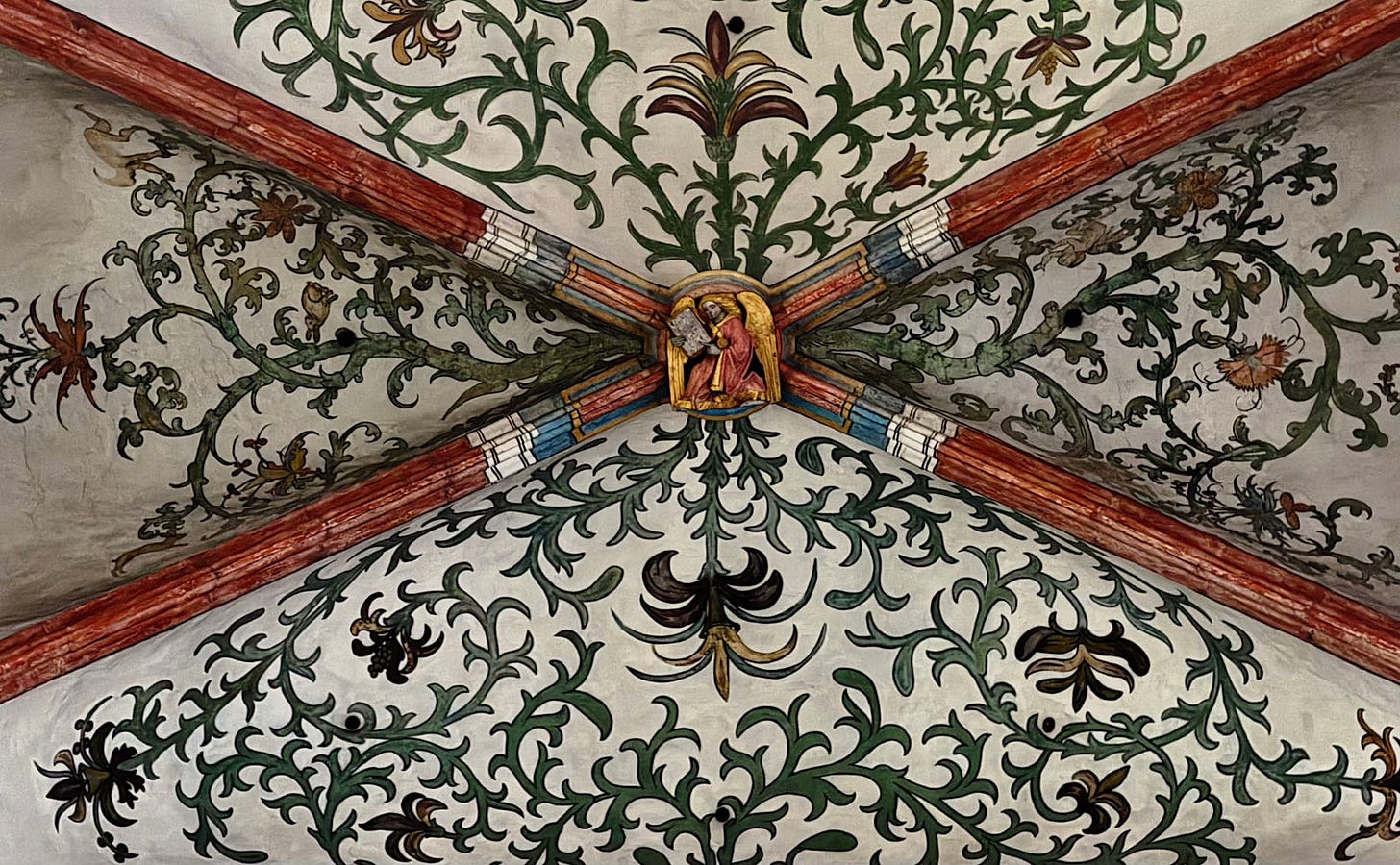

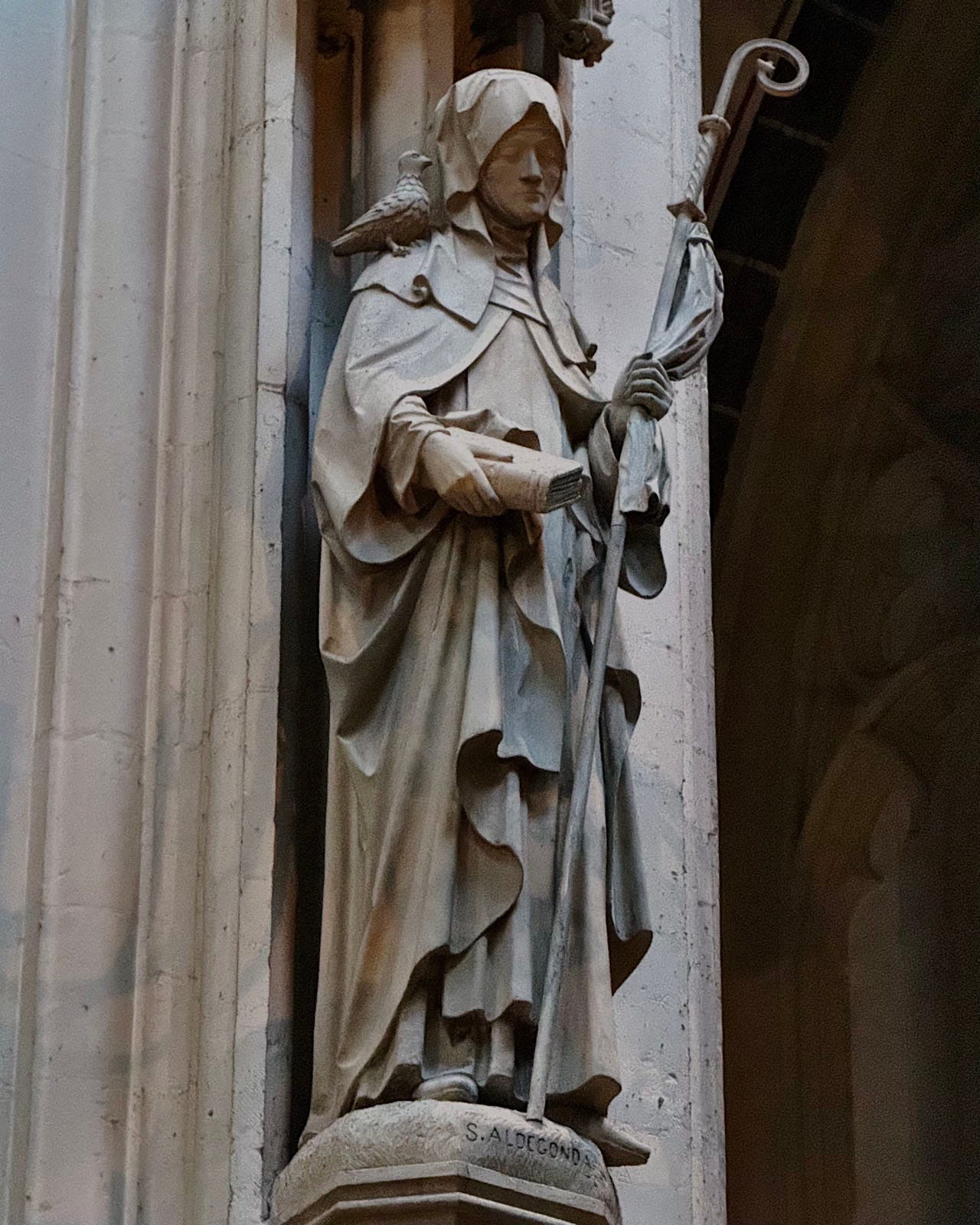
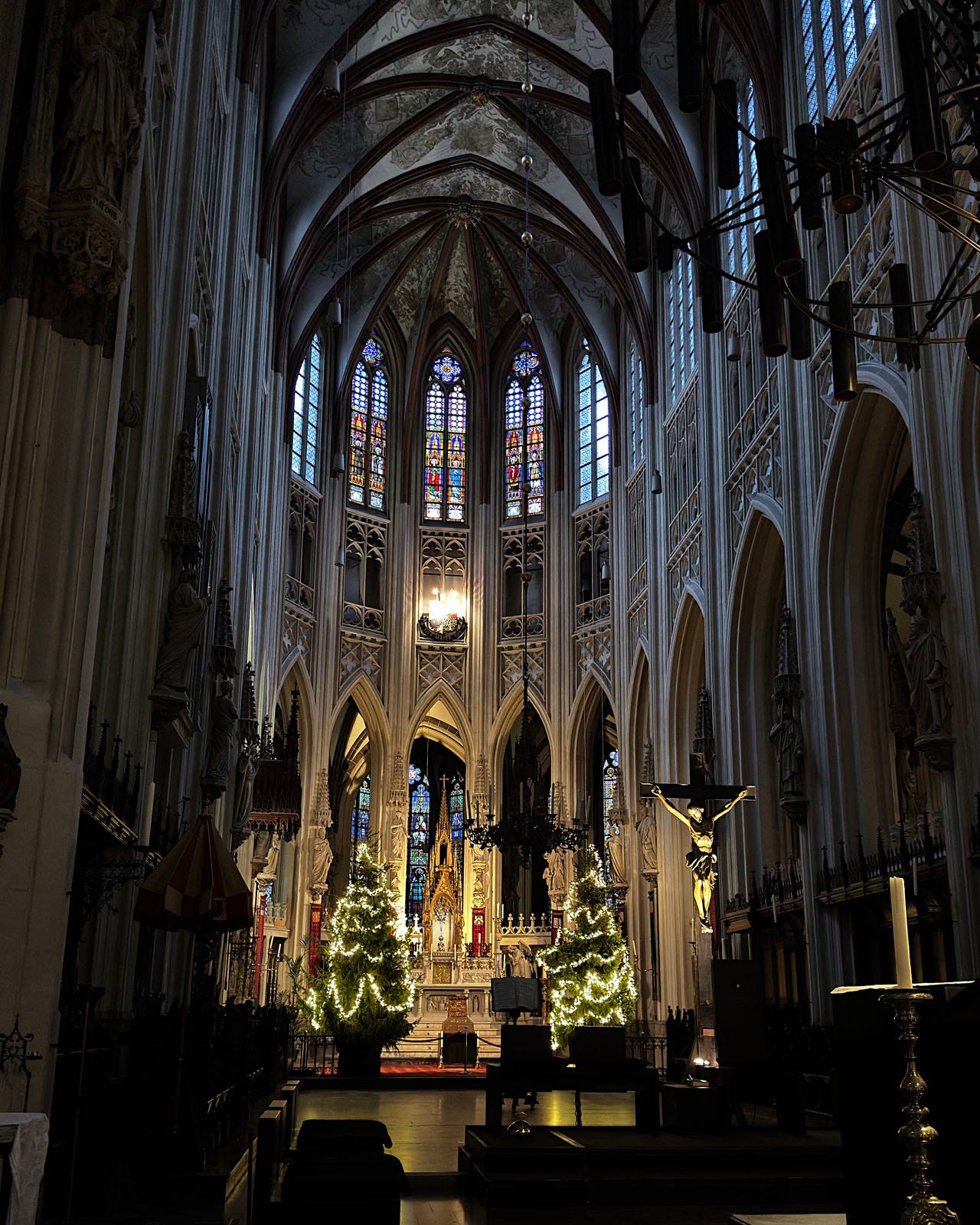
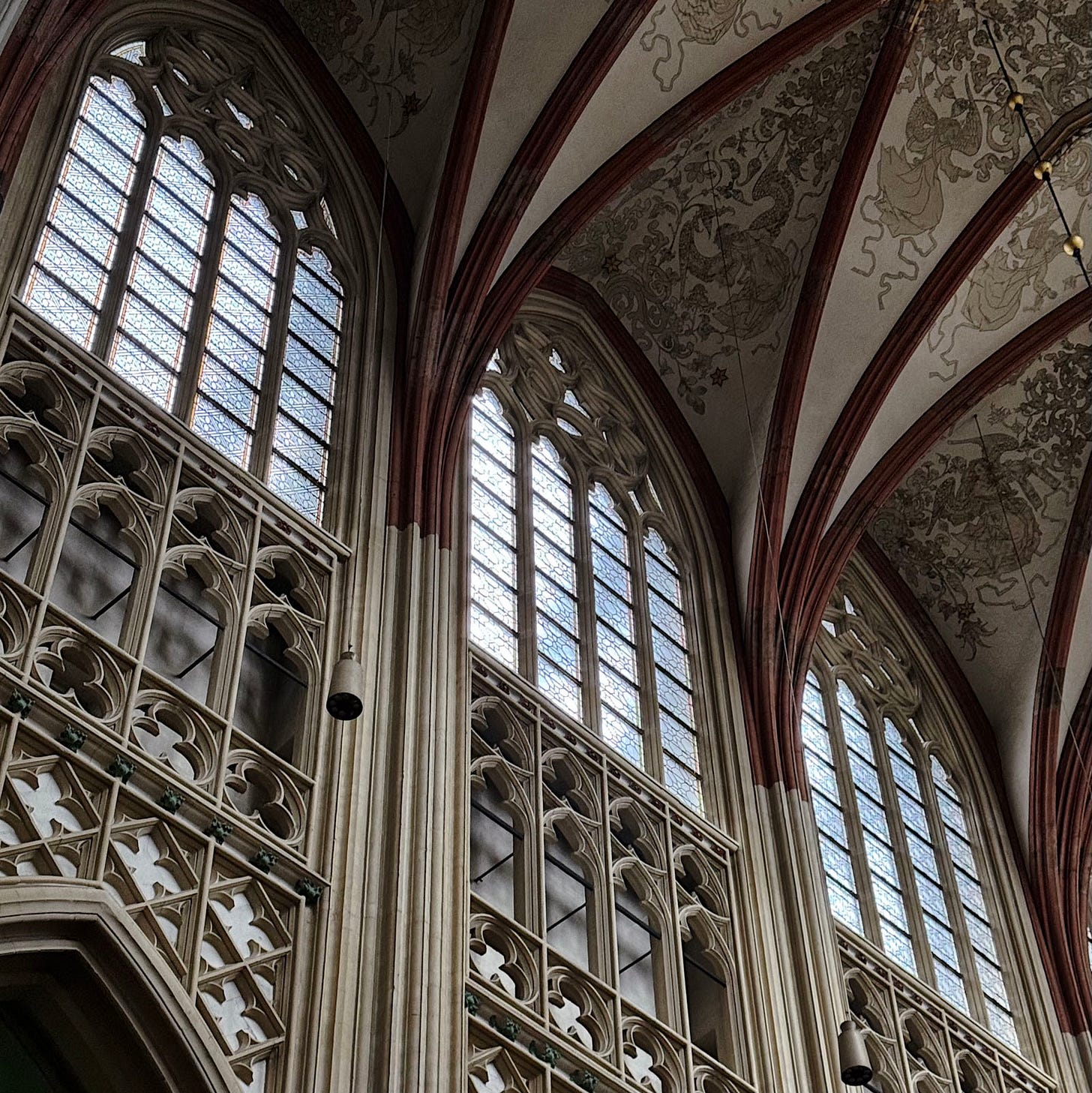
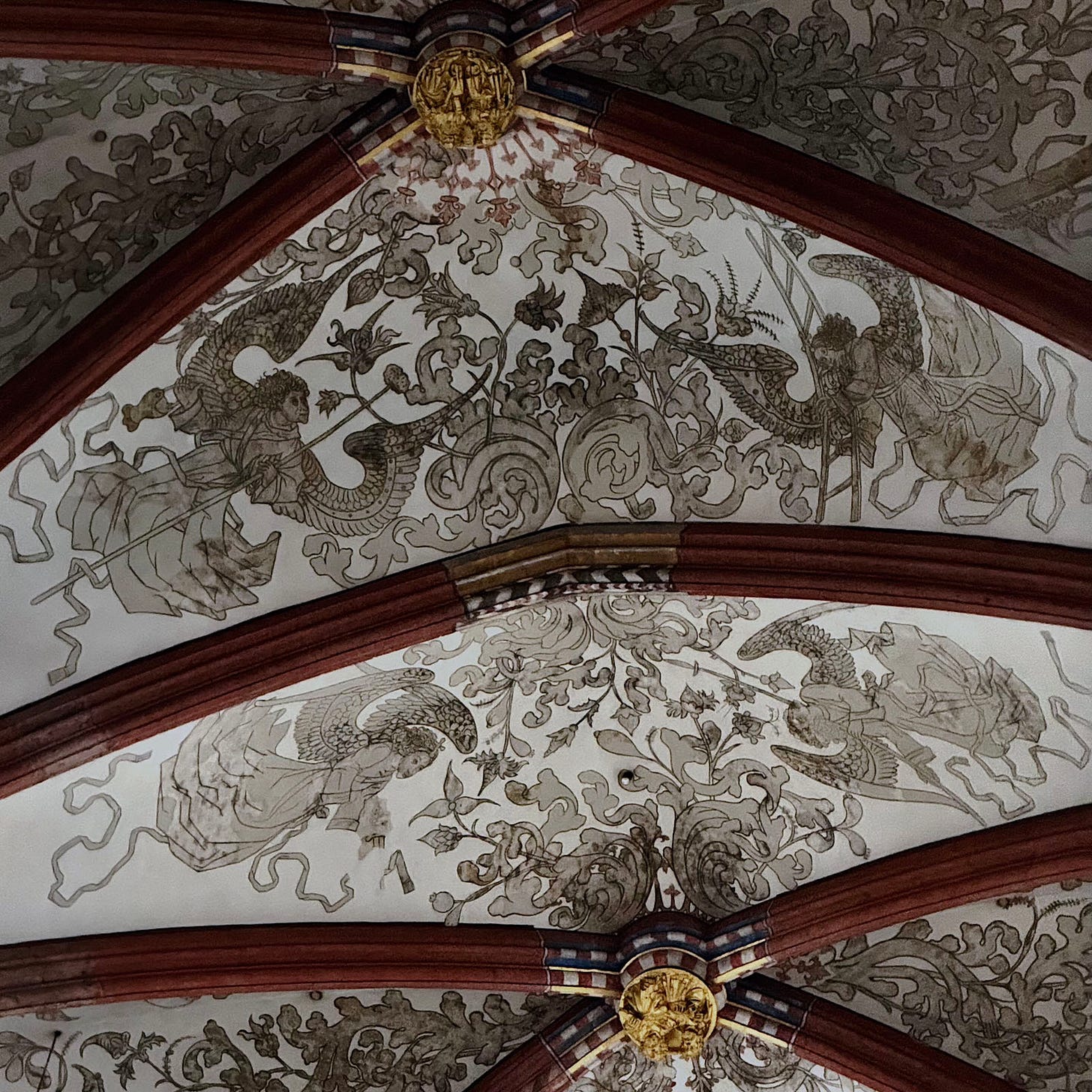
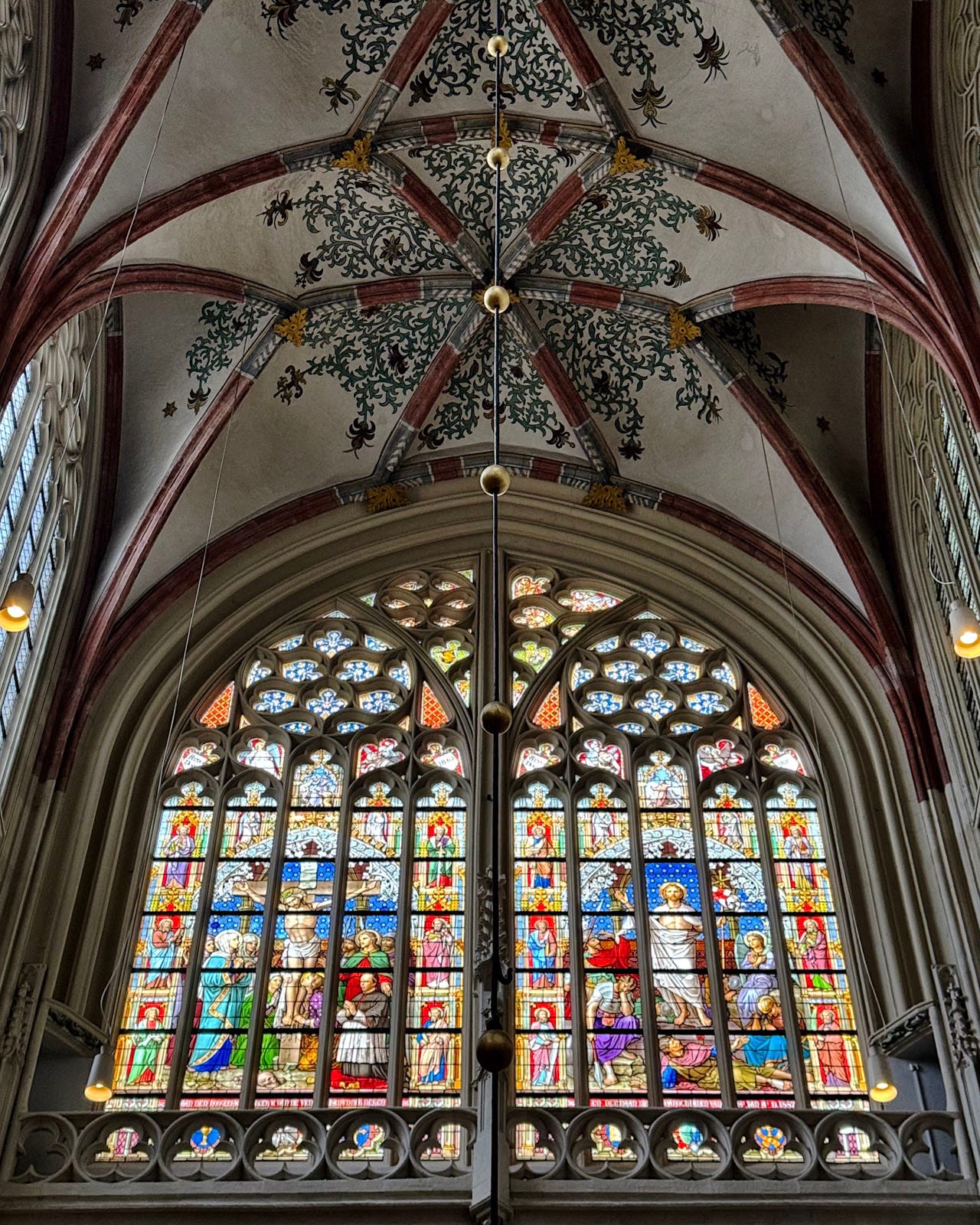
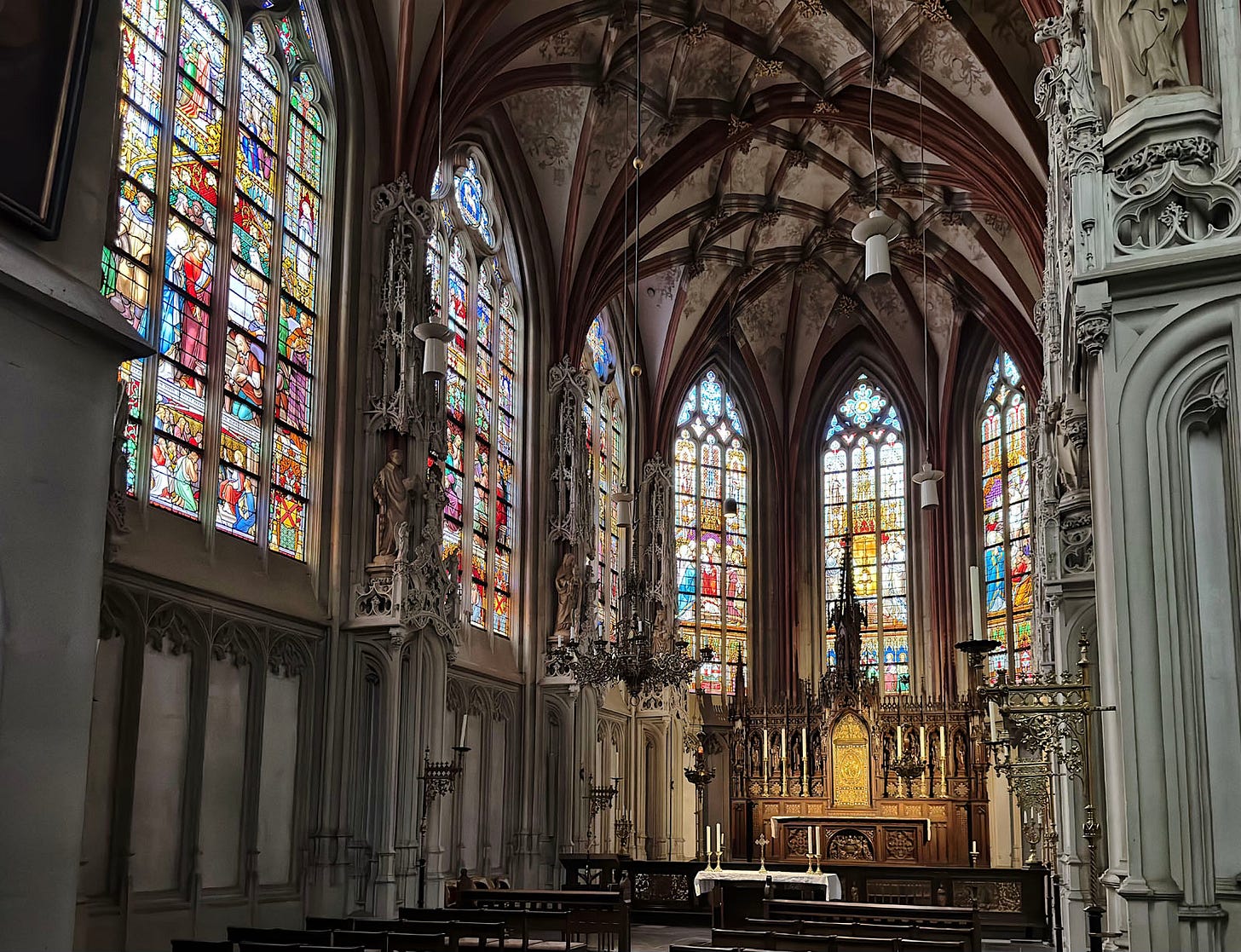
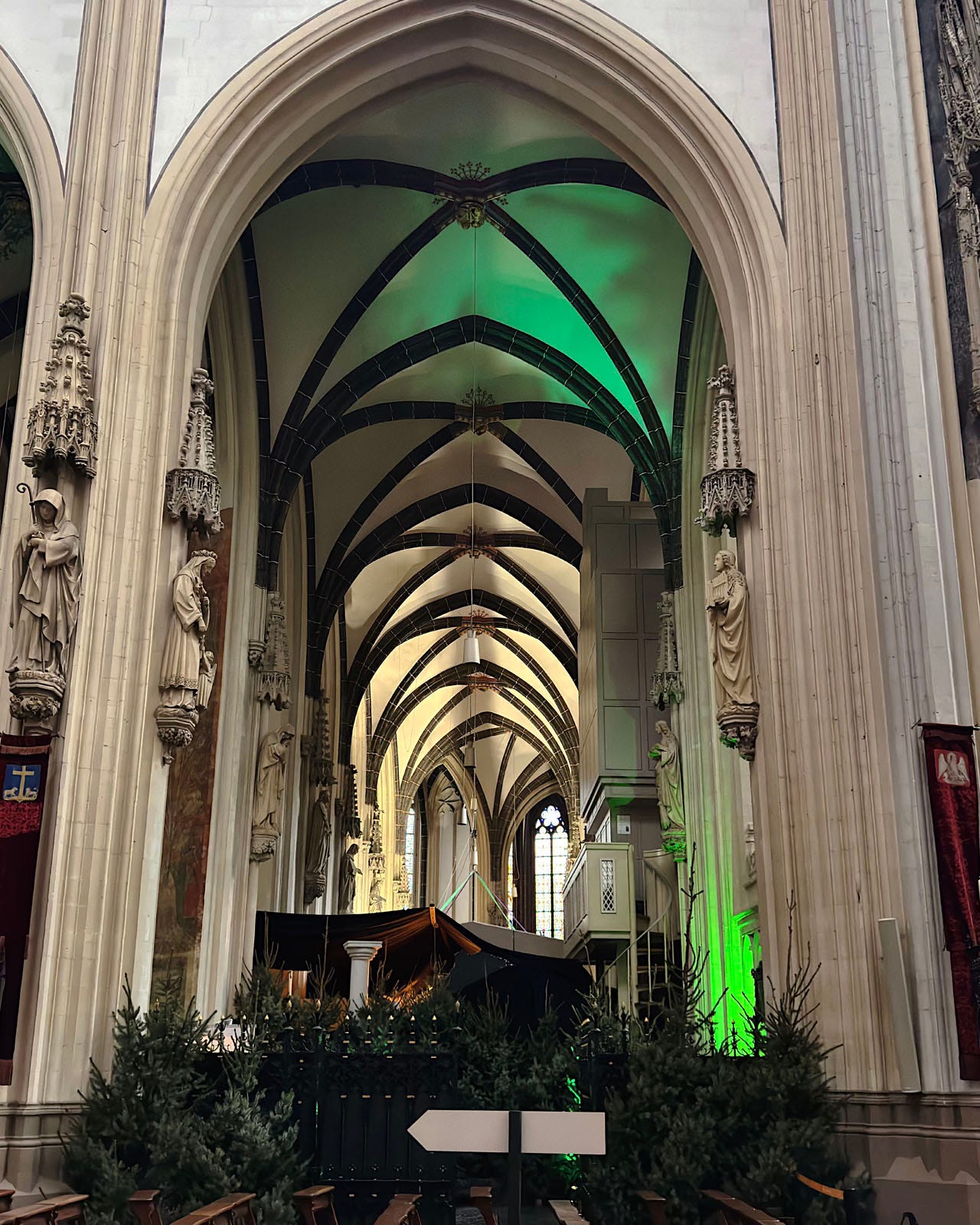
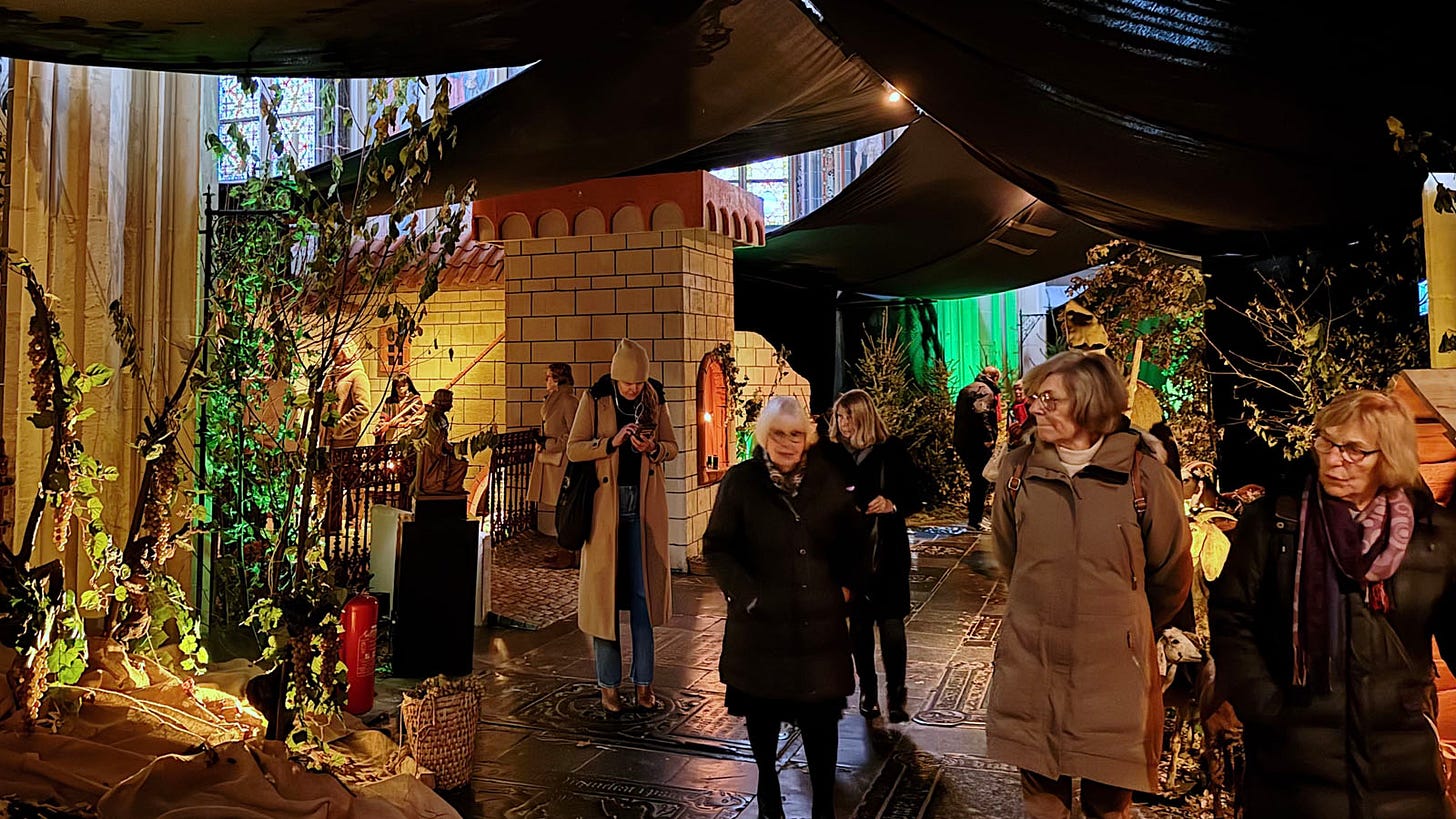
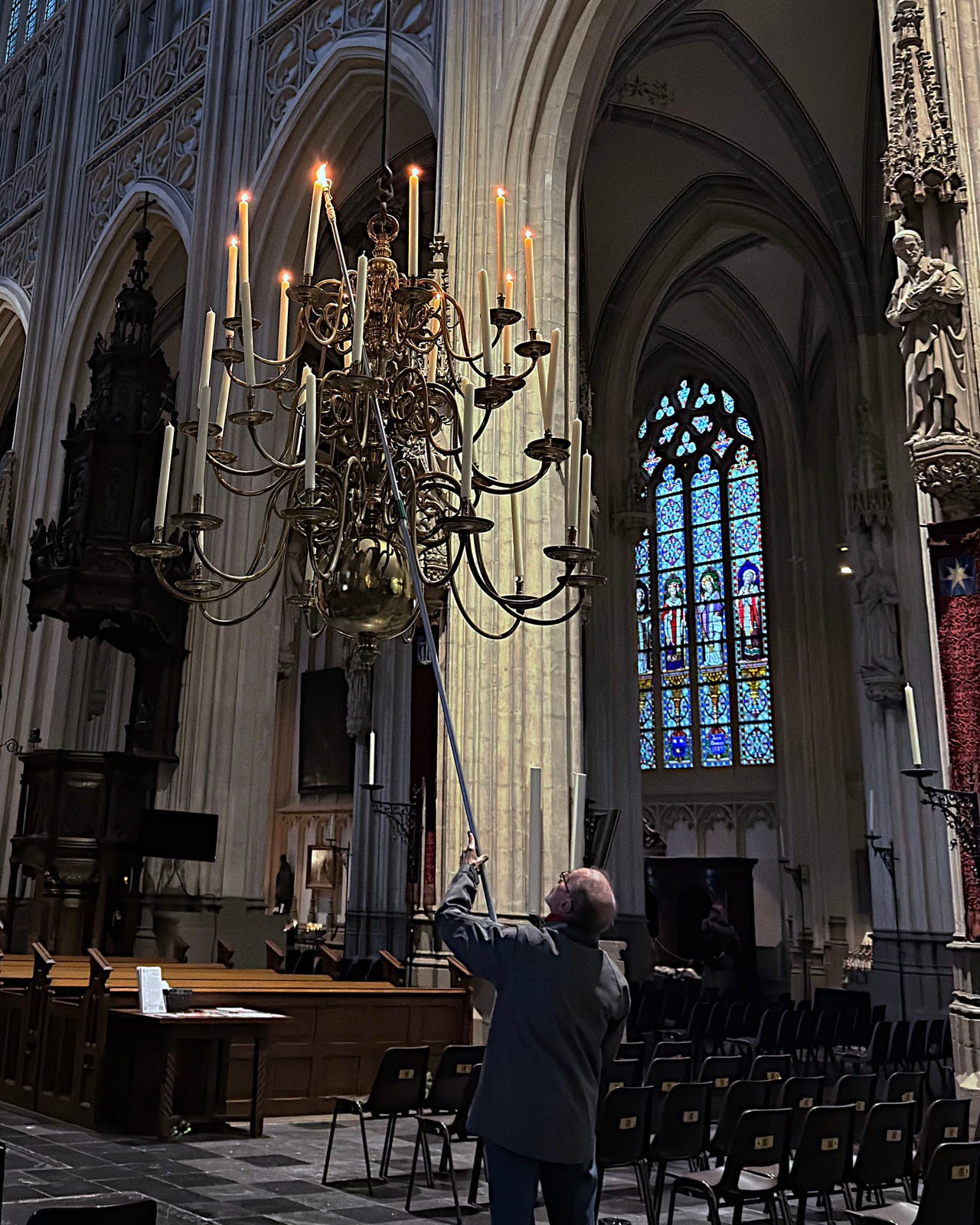
PS I also loved your side bar on the Dutch Barrel vault ceilings. So very practical and very Dutch Maritime in outlook!
Hi Ben, Wow, you captivated me in figure 1 and 2 this is indeed a wonderful example of gothic. I am still recovering from your putting Kings College Cambridge below this lovely church in your list. I can’t wait to see what will be coming up next!